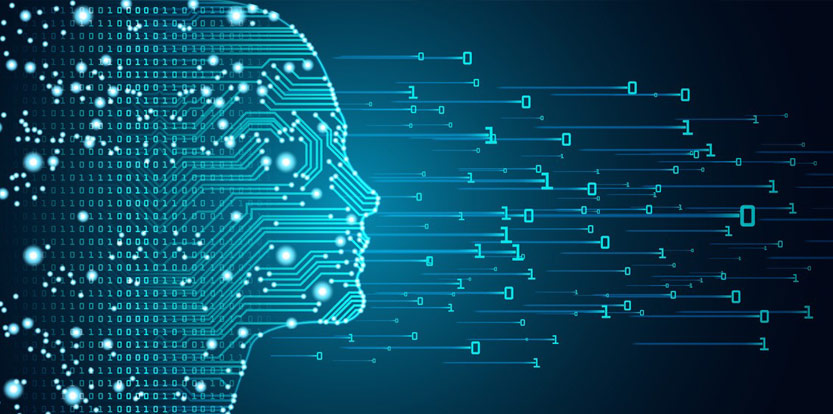

Technology is continuously evolving. Across all use types - whether it’s a smart television for the home, a smart phone for business use, or building management system to more efficiently run the corporate office – making systems and solutions faster, smarter and more accessible has been the cornerstone of the technology market over the past few years.
One significant advancement for the security industry has been the introduction and development of frictionless access control technology. Once considered science fiction, this capability is now a reality. Frictionless access control validates an individual and permits access into a defined area without the individual needing to stop and present a credential.
In one scenario, a person would simply walk through a predefined area, while a combined surveillance and access control solution would use facial recognition technology to validate that person’s identity and determine if that individual has permission to enter that area.
This approach is a game changer for the security industry, offering the first ever unobtrusive access control solution that can also accurately manage large volumes of people. How is security becoming a frictionless experience?
Some frictionless access control systems leverage enhanced facial detection technology to differentiate between a real person and a photograph of a person. Two imagers in the surveillance camera help to create a 3D facial topography, which increases accuracy and reduces false positives. When integrated with an access control system, the result is a solution that automatically recognizes an individual in a database and determines whether that person should be permitted to enter.
None of this, however, would be possible without advancements in artificial intelligence, deep learning algorithms and faster processing speed, allowing these systems to accurately process multiple people in the same frame and the ability to detect and recognize individual faces from several feet away. Such high throughput is ideal for large volume areas such as high-rise corporate offices during the busy morning hours, airports to reduce the risk of card sharing and tailgating into security sensitive areas, and the gaming industry, where the system can flag persons of interest for an integrated access control system action, for instance, generating an alert when a VIP is identified.
In markets where hygiene is critical, a frictionless access control solution can eliminate medical professionals from needing to present a badge to enter an operating room after scrubbing up. It can also be used to protect highly sensitive areas, such as the pharmacy and medical drug cabinets and private staff areas.
Frictionless access control is also being incorporated into areas that require a second factor of authentication. Traditionally multi-factor authentication has brought together two forms of identification to confirm an individual is permitted to enter a specific area. For example, this could include a person presenting an access control credential along with biometric fingerprint technology, or an identification card combined with a unique pin number. However, having to present two items can impede the flow of traffic in high volume areas because two-factor authentication is typically more time consuming than when a person presents a single credential.
Incorporating frictionless access control for higher security areas accomplishes two things. First, it provides another multi-factor authentication method. And second, facial recognition technology provides an extra level of security and is less time consuming than entering a pin number, thereby speeding up the process.
It’s evident that ease of use has become of growing importance in the security industry. It is not only evident in the systems management side, but technology like frictionless access control is now beginning to alter and simplify the overall user experience.

There’s a considerable number of technological changes occurring within the security industry and nowhere is this more evident than

Surveillance video has become an indispensable resource across many different sectors and for multiple purposes. It can be used to

Video management software is the cornerstone of every surveillance system, providing vital capabilities including the ability to manage